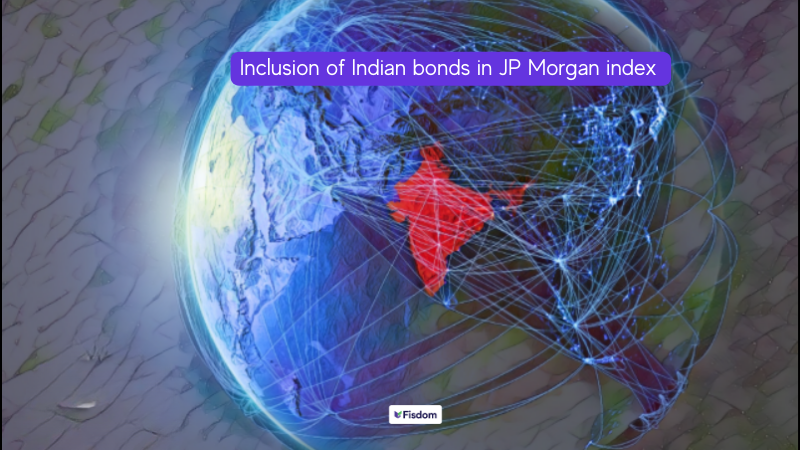
The banking sector across the globe is changing at a faster pace with the constant introductions of various technological innovations, especially Artificial Intelligence. The fact that AI is the future of every industry cannot be ignored. The growth of AI and fintech companies in the banking sector has given rise to the concept of open banking which is further fueling this change. The meaning of this term and other related details of the same are given below.
Read More: What is a neobank? Everything you should know about neobanks
What is open banking?
The term open banking refers to the system that allows financial institutions to share customer data with third-party providers through the use of open APIs (application programming interfaces). This system allows customers to give access to their banking information in a secure and controlled manner to third-party providers This makes it easier for them to access and manage financial services.
The concept of open banking is relatively new in the Indian financial system but is gradually gaining huge momentum. Many financial institutions and fintech companies have begun to explore the potential benefits of an open banking ecosystem. RBI has taken many steps to promote this concept through a regulatory framework that will be instrumental in sharing customer data through API ins a secured environment.
Open banking is expected to further simply customers’ access to financial information and services and their effective management. This will be further used to develop innovative financial products and services tailored to customer needs. Many newage fintech companies have already adopted open banking concepts to provide services such as budgeting tools, account aggregation, personalized financial advice, digital wallets, and more.
What are the benefits of open banking in India?
The concept of open banking is set to fuel the revolution in the banking and financial sector. A few key advantages of open banking in India are highlighted below.
Better competition
Through open banking, the Indian financial market will see new entrants in the sector that provide innovative financial products and services as against the traditional products available in the market. This can lead to healthy competition that will ultimately benefit the end consumer.
Enhanced customer experience
Open banking allows customers to access innovative financial products in a better and more efficient manner through user-friendly portals. This will ultimately result in enhancing the customer experience where they can access all their financial needs at a single gateway faster and more securely.
Improved risk management
The concept of open banking in correlation to AI can be used for effective risk management. It can provide a better analysis of customer behaviour and can be used strategically to reduce the possibilities of fraud in financial systems.
Reduced costs and higher efficiency
Open banking can be used to help financial institutions and third-party providers in order to streamline their operations. This can result in cost reduction and improved efficiency through the leverage of shared data and sound technology infrastructure.
Better access to innovative financial products and services
Open banking is used in creating newage financial products and services that are tailored to the needs of customers. Customers can access innovative products such as personalized investment portfolios, better loan rates, and budgeting tools.
Is open banking safe?
The term open banking and the concept that it requires customers to share their data with a third party sounds riskier and is new for an average Indian. However, the use of AI and technology also ensures that crucial customer data is well protected. The importance of data in today’s age is more pronounced and is treated as one of the key ingredients to success.
Open banking uses encryption of the data to ensure its security as well as has a safe passage for its transmission and use. Moreover, customers also have the ultimate authority to decide where they want to share the data as well as if they want today access to the third party user. Third party providers that are associated with the open banking system also have to follow multiple regulations and many protection laws. The security of data is one of the biggest concerns of the open banking system and there have been continuous efforts to improvise on this front.
Future of open banking in India
Open banking is also the future of the financial system and coupled with fintech it is set to become one of the key components of the banking and financial fabric of the country. There has been a creation of a hybrid open banking system in India which is through the participation of the government as well as the private players. The building blocks of the open banking system in India have been in making for many years which includes the introduction of various measures over the years.
These measures include the launch of Aadhaar, UPI, Account Aggregators, OCEN (Open Credit Enablement Network), and DEPA (Data Empowerment and Protection Architecture). As per IMF, these foundation blocks for the effective functioning of open banking in India are what distinguishes it from most other countries implementing open banking data policies and frameworks. The overhaul of the digital infrastructure in the country and the surge in the digital economy provided by UPI will be seen as the driving force for the open banking system in India.
Conclusion
The main objective of open banking in India is to accelerate financial inclusion which has been the focus of the government for the past many years. The growing fintech industry and the changing consumer patterns will help open banking to be a potential disrupter in the financial system. However, open banking will not be a complete alternative to the traditional banking structure in the country., Rather it has to work in tandem with the latter to achieve its goals and be part of the stable financial structure of the country.
FAQs
Some of the building blocks for the open banking system in India include the Aadaar (UIDAI), UPI, Account Aggregator), OCEN, and DEPA. these building blocks and the backdrop of faster adoption of the digital economy in the country have reflected the potential for building new technologies.
The biggest challenge for open banking in India is data security
The central idea of an open banking system is to put customers at the forefront and meet their expectations while at the same time removing the gaps in traditional banking
Open banking is seen as the new industry disruptor after many innovative options like neo banks, online banks, credit unions, fintech companies, community banks, etc. However, it cannot replace the traditional banking system of the country. Open banking can, however, be seen as an effort to reach the last mile in total financial inclusion which is the vision of the government.



























